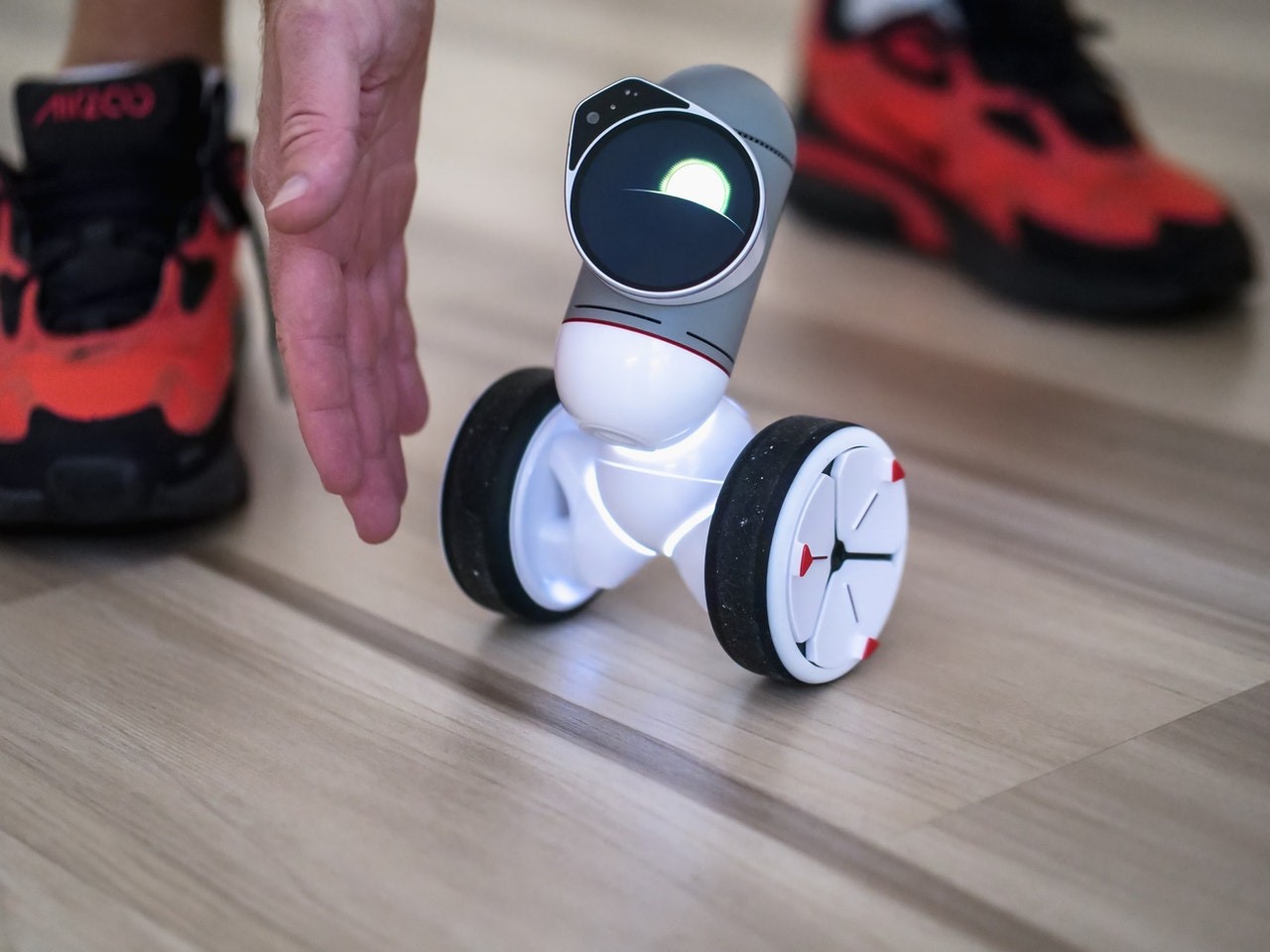When machine learning is mentioned, ordinary people will think that it is wholly reliant on computers, based on code and quantitative datasets. In short, it is something technical that involves objective facts and numbers. It is true in some parts because communicating and educating machines require using computer language.
However, you are not seeing the whole picture if you only look at the technical aspect. Data annotation has a human component, which IT people call human in the loop or HITL. This term refers to a fundamental human element in the various processes needed to develop artificial intelligence. The extent of having a human in the loop depends on the project and at which stage the developers are in the AI’s training phase. Nevertheless, the involvement of human annotators is valuable to data annotation work.
Task automation and the role of auditing
Machine learning’s vital element is data annotation. Teaching tools for any machine learning and computer vision AI include curated datasets in sufficient quantities to ensure that the ability of the machine to perceive the real world is adequate.
The visual data fed to the machine must be converted from raw audio and images into labeled and comprehensible datasets. The scale of the compiled data to support machine learning is massive, and the annotators need to make them accurate and robust.
There should be a perfect combination of human and machine intelligence to ensure the accuracy of the required datasets for machine training. This is because machines or computers can sort through massive amounts of data faster than humans. Still, the project will need humans to audit the data to ensure that the required accuracy is achieved.
A flexible role
The significance of the human in the loop is evident, but the role of humans in the entire process is flexible. As the machine learning pipeline develops, grows, and produces accurate results and the datasets continue to increase in number and size, the capabilities of the vision AI and the role of human intelligence start to change.
Human intelligence is needed more in the early days of gathering datasets. However, as machine intelligence improves, the role of the human element is minimized. But it does not mean that the human in the loop loses its position. It is still valuable for detecting and preventing the development of biases and ensuring that they can still apply their specialist knowledge to machine training that will create specialized AI. Machine intelligence will still benefit from humans processing complex services and technologies.
Value of humans in the training process
Several steps are required to collate the amount of data you need to train a machine learning model. First, the machine will use an algorithm to know the patterns in the data input through the datasets the human annotator feeds into the model.
The datasets should be organized and structured in the proper format. They must cover all variations to help the machine model produce the correct predictions according to real-world scenarios. These datasets need humans who can annotate the data with the proper subjectivity and management and understand the project’s intent.
Human annotated datasets have labels using the proper techniques and tools. In addition, they have the skills to adapt the task to the project’s needs and review the data.
In data annotation, human annotators become indispensable because their skills and experience cannot be transferred to machines.
